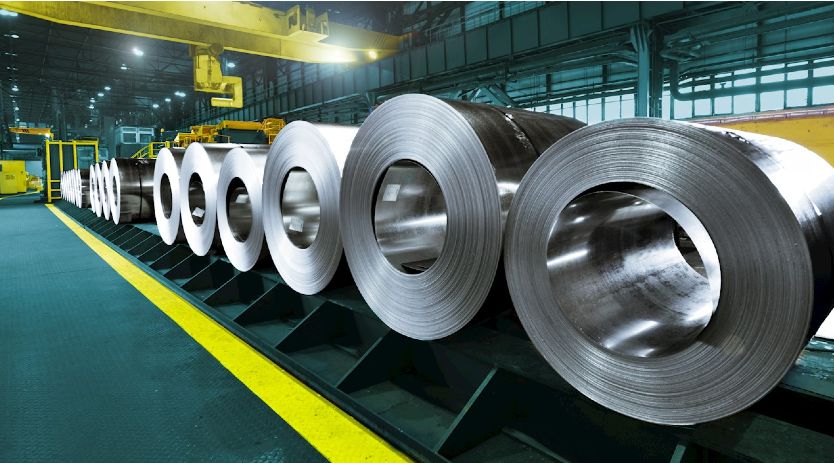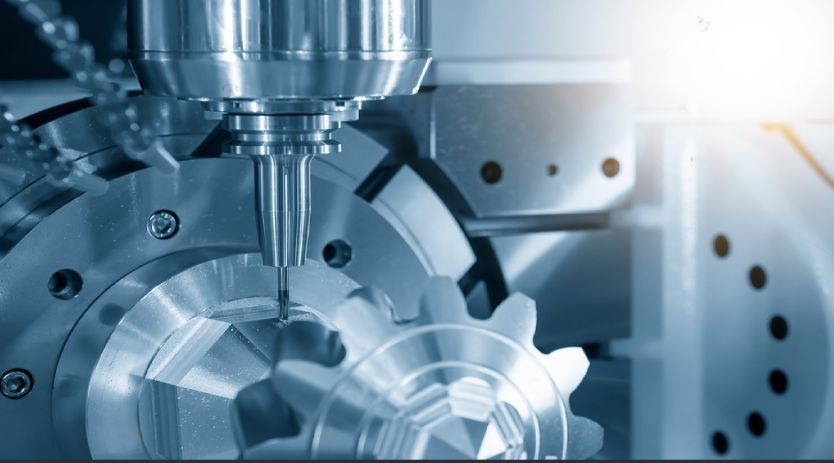Successful deep sea observation of sea level fluctuations with Made-in-Japan Silicon Resonant Water Pressure Gauge
May 25, 2023 2:05 pm
The water pressure gauge used in the evaluation was equipped with a new type of silicon resonant pressure sensor, and was installed on the seafloor near the Boso Peninsula at a water depth of 3,436 m.
The National Research Institute for Earth Science and Disaster Resilience (NIED), the Earthquake Research Institute (ERI) belonging to the University of Tokyo, and Yokogawa Electric Corporation (Yokogawa) have undertaken evaluation of an innovative water pressure gauge for use in the early detection of tsunami. The water pressure gauge used in this evaluation was equipped with a new type of silicon resonant pressure sensor, and was installed on the seafloor near the Boso Peninsula at a water depth of 3,436 m. In this evaluation, the gauge successfully identified pressure fluctuations of seven hectopascals that are equivalent to a 7-cm change in sea level. Although it is difficult to obtain data on tsunamis, which are infrequent events, the evaluation allowed the detection of changes in sea level similar to those of a tsunami, and the water pressure gauge is expected to be used in the event of an actual tsunami. The water pressure gauge will be adopted for the Nankai Trough Seafloor Observation Network for Earthquakes and Tsunamis (N-net) to observe water pressure fluctuations on the seafloor caused by tsunamis generated by earthquakes, enabling reliable detection of tsunamis and contributing to damage mitigation.
Details of N-net, the newly developed water pressure gauge, and its evaluation will be presented at the Japan Geoscience Union Meeting 2023 that will be held from May 21 to 26, 2023.

NIED, ERI, and Yokogawa have evaluated the effectiveness of a water pressure gauge equipped with a MEMS (Micro electro mechanical systems technology) silicon resonant pressure sensor for use as a seafloor pressure observation device that enables the acquisition of accurate data during the significant shaking that occurs during an earthquake. In view of the significant ground movement that occurs during an earthquake, this test sought to identify whether the acquisition of measurement data would be impacted by vibrations or attitude changes. It was confirmed that the effect of attitude changes on the water pressure gauge is smaller than conventional water pressure gauges. In addition, in a precision test in which 70 megapascals (MPa) ―equivalent to a water depth of 7,000m― was repeatedly applied, repeatability of 0.005% of 70MPa or less was confirmed to be an excellent characteristic. This water pressure gauge uses MEMS technology, so it offers the advantage of each product having the same quality.
To evaluate the performance of the water pressure gauge in an actual seafloor environment, the seafloor observations were performed for a total of 203 days at a depth of 3,436 m in the region off the Boso Peninsula in Chiba Prefecture, Japan. The acquisition of observation data on tsunamis is usually difficult because tsunamis are a rare phenomenon. However, we observed a 7-cm fluctuation in the sea level due to the January 15, 2022 eruption of the Hunga-Ha’apai volcano in Tonga during our evaluation work. Further data analysis also confirmed that the water pressure gauge was able to observe pressure changes equivalent to a change in sea level of less than 1cm. The confirmed sensitivity indicates that the water pressure gauge has sufficient performance to observe an actual tsunami. The water pressure gauge is a made-in-Japan product with high precision for deep sea applications, and possesses the same level of sensitivity as the most cutting-edge instruments manufactured anywhere in the world.

The observation network for earthquakes and tsunamis is part of the disaster risk reduction (DRR) infrastructure that contributes to the enhancement of DRR information and the development of DRR research on earthquakes and tsunamis. NIED operates the Monitoring of Waves on Land and Seafloor (MOWLAS) covering all land and sea areas in Japan. Starting in 2019, NIED has been developing N-net, a cable-type seafloor earthquake and tsunami observation system. N-net will be installed within the seismic source region in the Nankai Trough where earthquakes are anticipated and where no observation network has been established (from the off-coast of Kochi Prefecture to Hyuga-nada). N-net is a network system that directly detects earthquakes and tsunamis and reliably transmits the information to land, enabling observation in real-time. This new silicon resonant water pressure gauge, which plays an important role in this system, has been adopted. NIED, ERI, and Yokogawa have conducted numerous tests to ensure the reliability of this water pressure gauge, aiming in the event of a Nankai Trough mega-thrust earthquake to contribute as much as possible in the mitigation of damage.
Cookie Consent
We use cookies to personalize your experience. By continuing to visit this website you agree to our Terms & Conditions, Privacy Policy and Cookie Policy.

















